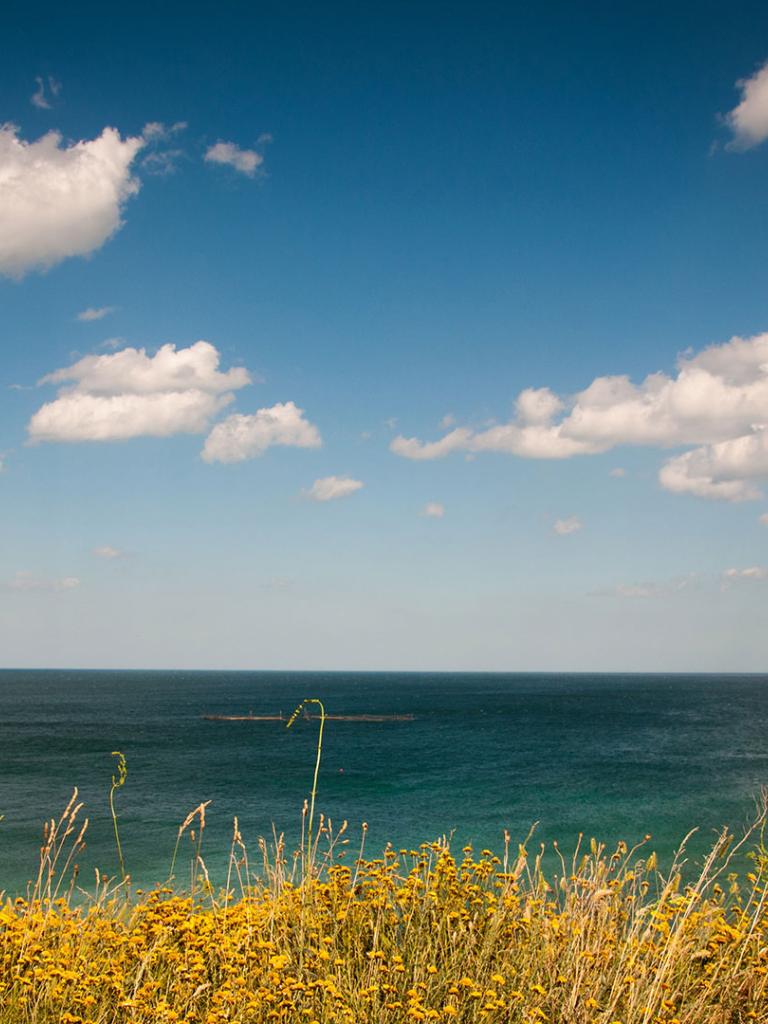16 February 2023
03 August 2020
The purpose of this project is to improve cloud detection in coastal regions for sea surface temperature (SST) products from the Copernicus Sentinel-3 Sea and Land Surface Temperature Radiometer (SLSTR) instrument. Although coastal zones comprise a small fraction of the global oceans, they are of significant interest to users of SST, and play an important role in livelihoods and local economies. This project addresses a user requirement to improve the quality of cloud masking in coastal zones, maximising the near-coastal SST data coverage.
Objectives
The main objective of this project is to test evolutions to the SLSTR cloud detection algorithm in coastal regions. A survey of user requirements has identified the following key issues that need to be addressed:
- Provide cloud masking information with SST products in coastal regions.
- Provide both graded cloud information (e.g., probability of cloud in pixel) and a binary cloud mask.
- Minimise incorrect flagging of SST fronts in coastal waters as cloud.
- Minimise false flagging of cold coastal-zone waters (such as from upwelling).
- Maximise data coverage in coastal regions to the degree that is geophysically possible.
- Assess and describe cloud detection skill and problems around cloud edges.
Overview
This project seeks to improve the existing Bayesian cloud detection system applied operationally to SLSTR SST data production in coastal zones. Coastal zones are typically characterised by more turbulent water and increased volume scattering from the entrainment of sediment and phytoplankton, which affects ocean colour. Upwelling is also common in coastal regions, resulting in locally cool waters and strong thermal gradients. These differences between coastal waters and open oceans mean that adaptations to the cloud detection algorithm are required to obtain performance comparable to that over the open ocean. Using unmodified open-ocean approaches, coastal margins are frequently incorrectly flagged as cloud (Figure 1). The following evolutions of the Bayesian cloud detection will be considered in this project:
- The Bayesian cloud detection includes a thermal texture component designed to capture cloud-edges over the open ocean. Strong SST gradients are more prevalent in coastal regions, meaning that switching off or modifying this component may be of benefit to reduce flagging of SST fronts.
- Simulation of clear-sky observations in the coastal zones currently uses the nearest open-ocean numerical weather prediction data (NWP). It may be more appropriate to combine NWP data from nearby land and ocean or specify the surface temperature in a different way e.g. using skin temperature rather than SST.
- Including volume scattering in the forward modelling of surface reflectance under clear-sky conditions may make the forward modelling more accurate in areas where open-ocean surface-scattering approximations are not valid. This should improve the cloud detection during the day.
- SLSTR has observations at visible and shortwave infrared wavelengths not yet included in the cloud detection algorithm that could be used. Observations at these wavelengths may provide additional information of benefit to cloud detection in coastal zones.
- SLSTR also has higher resolution observations at visible and shortwave infrared wavelengths that are not utilised at present in the cloud detection. Information on sub-pixel reflectance variability could improve cloud detection during the day, and this may be an alternative to the thermal texture measurement.





